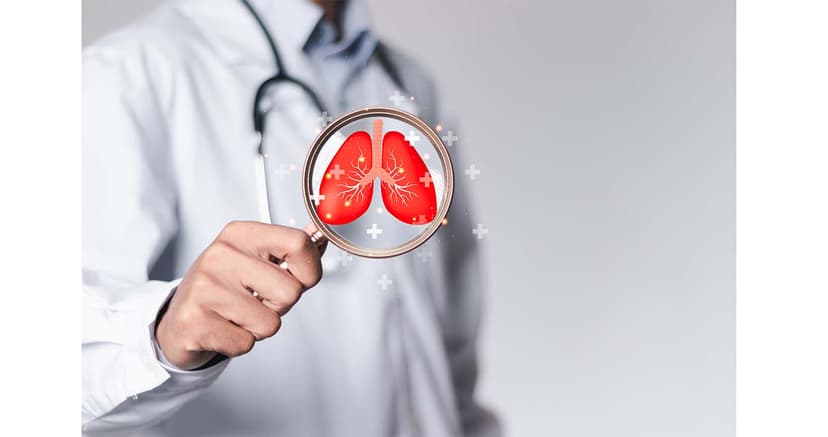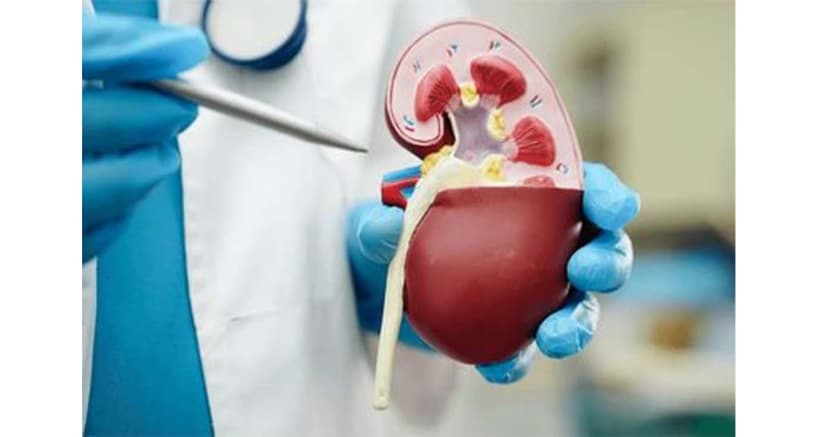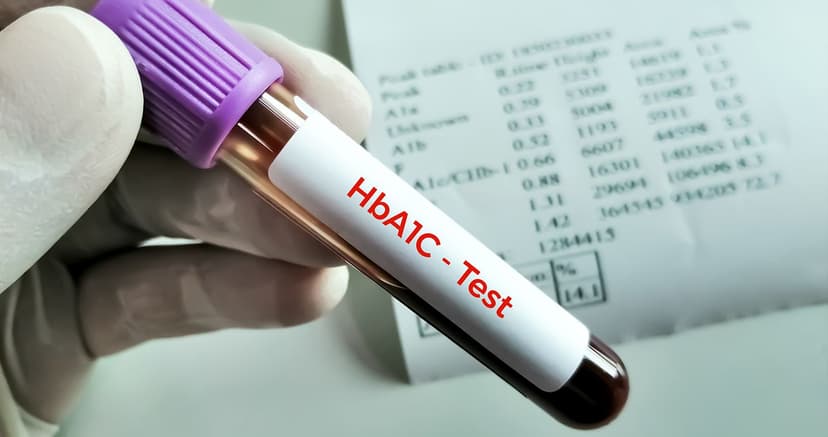Understanding GERD: Symptoms, Causes, and Diagnosis
By:
Apex Hospitals
31-08-2024

Do you frequently experience a burning sensation in your chest? This could be acid reflux, where stomach acid flows back into the oesophagus (food pipe). While occasional acid reflux, indigestion, or heartburn is common, experiencing these symptoms more than twice a week might indicate gastroesophageal reflux disease (GERD). GERD is one of the most prevalent digestive disorders, affecting about 20-30% of the population in India. If left untreated, GERD can lead to serious health complications. This article comprehensively overviews GERD symptoms, causes, diagnosis, and treatment options.
What is gastroesophageal reflux disease (GERD)?
Gastroesophageal reflux disease, commonly known as GERD, is a chronic condition where stomach acid frequently flows back into the oesophagus, the tube that connects your mouth to your stomach. This backflow, or acid reflux, can irritate and inflame the oesophageal lining. Usually, your stomach contents are meant to move downward, but when acid travels upward into the oesophagus and throat, it leads to discomfort. While occasional acid reflux is common, GERD occurs if you experience acid reflux symptoms more than twice a week. The condition arises when the lower oesophageal sphincter, which acts as a barrier between the stomach and oesophagus, prevents the acid from moving upward, leading to persistent heartburn, regurgitation, and a lingering acidic taste.
What are the symptoms of GERD?
Gastroesophageal Reflux Disease (GERD) commonly presents with persistent heartburn as its primary symptom. Individuals suffering from GERD may experience:
- A burning sensation begins in the stomach and rises toward the chest, neck, and throat.
- An unpleasant sour or bitter taste lingers at the back of the mouth.
- Regurgitation of food or liquids, where stomach contents flow back into the mouth.
Additional symptoms associated with GERD include:
- A persistent feeling of fullness or a lump in the throat (known as a Globus sensation).
- Chronic coughing is not likely linked to other respiratory issues.
- Hoarseness or changes in voice quality due to irritation of the vocal cords.
- Persistent bad breath despite good oral hygiene practices.
In some instances, more severe or "alarm" symptoms may develop, potentially indicating a more serious underlying condition. These symptoms often persist and may progressively worsen even with medical intervention. They include:
- Difficulty swallowing (dysphagia), where moving food down the oesophagus becomes challenging.
- Painful swallowing (odynophagia), causing discomfort during swallowing.
- Persistent nausea or episodes of vomiting that are not related to other causes.
- Unexplained weight loss without intentional dieting or increased physical activity.
- Anaemia may result from chronic bleeding in the oesophagus.
- Gastrointestinal bleeding is evident through symptoms like bloody or black stools.
GERD symptoms can become more pronounced under certain conditions, such as:
- Stomach acid can more easily flow back into the oesophagus at night or while lying down.
- After consuming large or fatty meals, it can increase stomach acid production and delay stomach emptying.
- Bending over may cause pressure that pushes stomach contents upward.
- Following smoking or alcohol consumption, both of which can relax the lower oesophageal sphincter and exacerbate reflux symptoms.
If you experience frequent or severe symptoms of GERD, it is essential to consult a healthcare professional for proper diagnosis and treatment to prevent potential complications.
What are the causes of GERD?
Acid reflux occurs when stomach acid passes back into the oesophagus due to a weakened or relaxed lower oesophageal sphincter (LES), the valve that usually prevents this backflow. Temporary factors, such as lying down after a large meal, can occasionally cause the LES to relax, allowing acid to enter the oesophagus. However, if you have GERD, your LES may frequently weaken or relax, leading to persistent reflux. GERD can affect people of all ages and may occur for reasons that are not always clear. Several factors can impair LES function, including:
- Hiatal hernia: When part of your stomach pushes through the diaphragm into the chest, it can compromise the LES's ability to function correctly.
- Eating large meals: Overeating can distend the upper stomach, reducing the pressure on the LES and preventing it from closing effectively.
- Lying down after meals: This can reduce the pressure on the LES, making it easier for acid to flow back into the oesophagus.
Other factors that contribute to GERD include lifestyle choices, health conditions, and dietary habits:
- Lifestyle factors: Smoking, exposure to second-hand smoke, eating large meals before lying down, and excessive use of nonsteroidal anti-inflammatory drugs (NSAIDs) like aspirin and ibuprofen can all contribute to persistent reflux and oesophageal inflammation.
- Health factors: Obesity, pregnancy, connective tissue disorders, and older age are known to increase the risk of GERD.
- Other conditions: Anxiety, asthma, and irritable bowel syndrome (IBS) can exacerbate GERD symptoms.
- Alcohol consumption: Drinking alcohol has been linked to an increased risk of GERD. The frequency and quantity of alcohol consumed are directly correlated with the severity of symptoms. Reducing or eliminating alcohol intake may help alleviate GERD symptoms.
- Dietary triggers: Certain foods and beverages can trigger or worsen GERD symptoms. Common culprits include high-fat foods like fried and fast foods, spicy foods, acidic fruits and vegetables such as tomatoes, pineapple, and citrus, and drinks like coffee, tea, and carbonated beverages.
What is the diagnosis of GERD?
Your doctor will begin by taking your medical history and conducting a physical examination to assess your symptoms. If you present with more severe or alarming symptoms, such as chest pain or difficulty swallowing, you may be referred to a gastroenterologist for further evaluation. To diagnose GERD, the following tests may be recommended:
1. Ambulatory 24-hour pH Monitoring: A small tube is inserted through your nose into your oesophagus. A pH sensor at the end of the tube measures acid exposure in your oesophagus, transmitting the data to a portable recorder. You'll wear this tube for about 24 hours.
2. Esophagram (Barium Swallow): X-rays are taken to examine your upper digestive tract after consuming a barium solution. This helps visualize any abnormalities in the oesophagus or stomach.
3. Upper Endoscopy: A flexible tube equipped with a tiny camera is inserted into your oesophagus to inspect it visually and, if necessary, collect tissue samples (biopsy) for further analysis.
4. Esophageal Manometry: A flexible tube is passed through your nose into your oesophagus to measure the muscle contractions and strength of your oesophageal muscles.
5. Esophageal pH Monitoring involves inserting a monitor into your oesophagus to measure how your body manages acid levels over a few days.
Once the diagnosis is confirmed, your doctor will discuss the most suitable treatment plan tailored to your condition.
Treatment of GERD
Lifestyle Strategies
To alleviate and manage GERD symptoms, consider incorporating these lifestyle adjustments and home remedies:
- Breathing Exercises: Practicing deep, controlled breathing can help reduce stress and may improve digestion.
- Dietary Adjustments: Consume foods and beverages known to reduce acid reflux, such as those low in acidity.
- Weight Management: Aim to maintain a healthy weight, as excess weight can exacerbate GERD symptoms.
- Smoking Cessation: Quit smoking, which can weaken the lower oesophageal sphincter and increase acid reflux.
- Meal Timing: Avoid large, heavy meals, especially in the evening, and wait 2–3 hours before lying down after eating.
- Sleep Position: Elevate the head of your bed to prevent acid from flowing back into the oesophagus while you sleep.
Medications
If lifestyle changes are insufficient, your doctor may recommend medications to reduce stomach acid and manage GERD symptoms. Common options include:
- Proton Pump Inhibitors (PPIs): These drugs reduce acid production in the stomach.
- Antacids: They neutralize stomach acid to provide quick relief.
- H2 Receptor Blockers: These medications decrease acid production.
Always consult a healthcare provider before starting any medication, as they may have potential side effects.
Surgery
When lifestyle changes, and medications do not adequately control GERD symptoms or if complications arise, surgical options might be considered. Possible procedures include:
- Fundoplication: This surgery involves wrapping the top of the stomach around the lower oesophagus to strengthen the sphincter and prevent acid reflux.
- Endoscopic Procedures: Several endoscopic techniques are available to treat GERD. These minimally invasive procedures aim to strengthen the lower oesophageal sphincter to reduce acid reflux. Notable methods include Endoscopic Sewing, which involves using stitches to tighten and reinforce the sphincter muscle, enhancing its ability to prevent acid from flowing back into the oesophagus. Radiofrequency Ablation applies controlled heat to create minor burns in the sphincter muscle, which promotes tightening and strengthens the muscle's barrier against acid reflux.
Nearly everyone experiences acid reflux occasionally, which can lead to uncomfortable symptoms like heartburn, indigestion, and acid regurgitation. While occasional episodes are expected, you can take steps to minimize their frequency and severity.
If acid reflux occurs frequently and significantly impacts your daily life, it may indicate gastroesophageal reflux disease (GERD). Consulting with a healthcare provider can help determine if a treatment plan could improve your symptoms. Schedule an appointment with us to get started.
FAQs
Related Articles
Connect with Us
Health in a Snap,
Just One App.
Know more



































































































